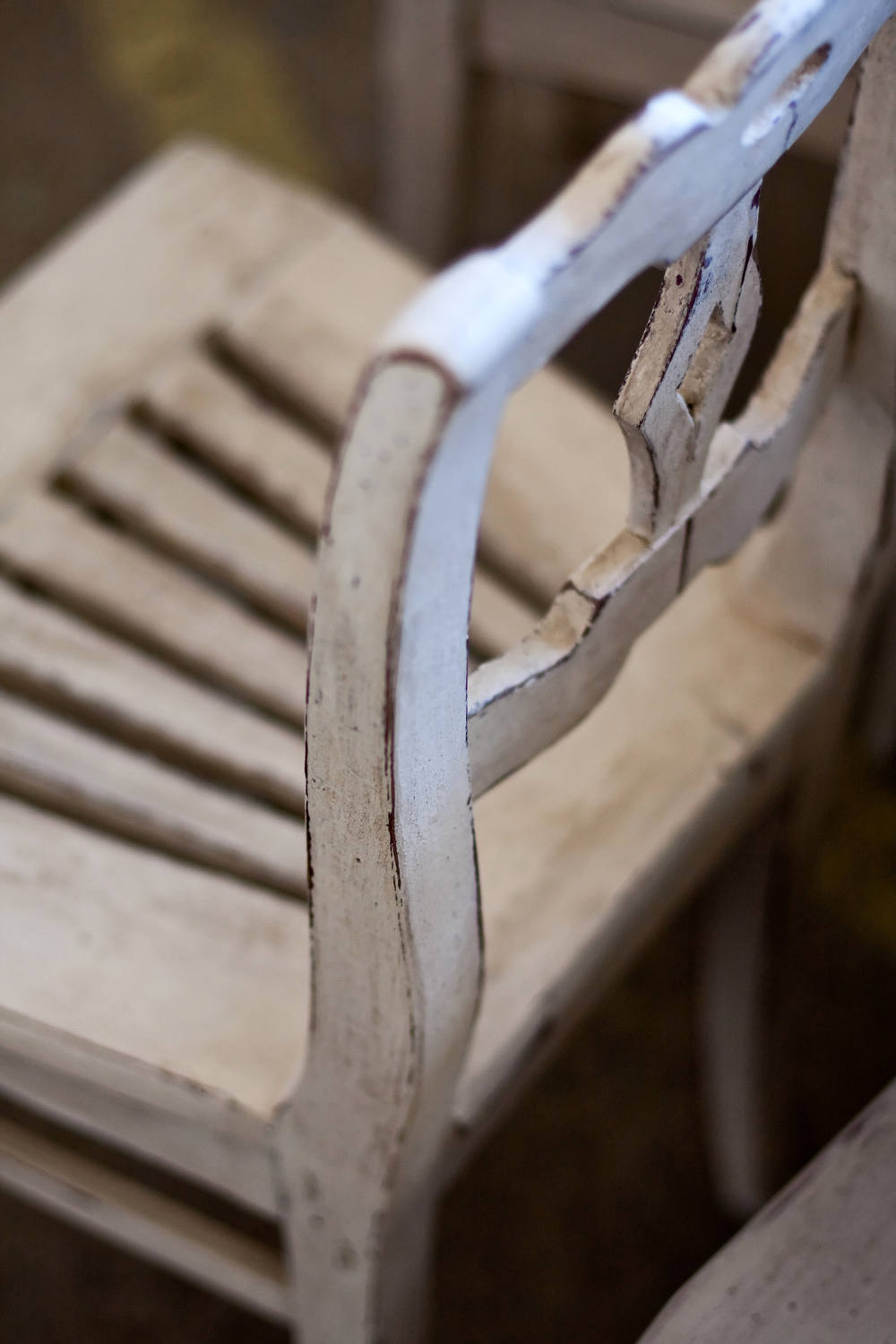Whitewashing furniture is done to brighten and protect the furniture and to bring out the wood grain’s pattern. It gives your furniture a semi-transparent and wax-like coating which gives it more texture. It can also be referred to as pickling, liming, or antiquing, depending on the type of wood you are working with. Whitewashing is best for furniture made of pine.
If you want your furniture to have a French cottage or frosted look, you can add tints or dyes to the stain that you’re going to use. Whitewashing furniture is better than simply painting it because painting will cover the wood’s grain.
How to Whitewash Furniture
1.) Remove any finish that was previously applied on your furniture and then sand it until the raw furniture is smooth.
2.) Clean the furniture by wiping it with a damp cloth.
3.) Use a rag or a foam brush to apply whitewashing stain. For better results, try diluting the stain first. Oil-based stains should be diluted with turps or mineral spirits while water-based ones should be diluted with water. Also, remember to stir the stain well before use so that no pigments are left at the bottom of the can.
4.) Let the stain penetrate the wood and then use a dry cloth to wipe off the excess before it dries. Make sure to wipe off in the direction of the grain. If you want a light tone for your furniture, apply more pressure. If you want it to be a bit darker, apply less pressure. It is advisable to apply more pressure because you can always apply additional coats if you want to darken the tone. Make sure, however, that you allow each coat to dry for three hours before applying the next one.
5.) Apply a clear protective finish using a brush. However, it is best to avoid oil-based finishes, as these will give your furniture a yellowish look.
Always practice on a piece of wood similar to that of your furniture before beginning!
Whitewash stains are available in both oil- and water-based forms. If you want a stain that dries quickly and cleans easily, you may want to use water-based stains. On the other hand, if you think you need a lot of working time, you can choose to use oil-based stains because of their slower drying time. Unlike water-based stains, however, oil-based stains can only be used in properly ventilated areas due to their hazardous fumes. One effective finish that you can use is Tung oil, which can penetrate into the wood’s pores and protect the furniture from within.
Whitewashing Bedroom Furniture
The bedroom is a place for peace and solitude. It is therefore important that it always has a fresh look. Whitewashing your bedroom furniture can be the solution for this. Traditionally, the white, aged look was achieved using caustic lime wash. However, you can now whitewash bedroom furniture the same way you would whitewash wood furniture. Just follow the steps above!
Whitewashing furniture can bring a whole new level of freshness to your home. It not only makes your furniture fresher, but it also protects it from environmental hazards as well.

I have cherry wood furniture that I want to whitewash…any suggestions on how to achieve?